By Matt Hazenbush, Director of Communications
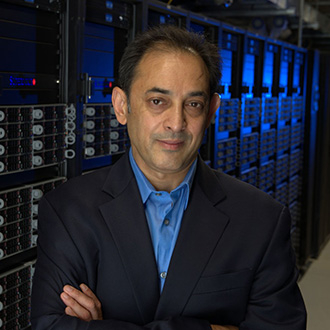 The Computing Research Association (CRA) has selected Dr. Manish Parashar as the recipient of the 2024 CRA Distinguished Service Award in recognition of his multi-faceted and highly impactful service to the computing research community.
The Computing Research Association (CRA) has selected Dr. Manish Parashar as the recipient of the 2024 CRA Distinguished Service Award in recognition of his multi-faceted and highly impactful service to the computing research community.
Parashar is the Director of the Scientific Computing and Imaging (SCI) Institute, Chair in Computational Science and Engineering, and Presidential Professor in the School of Computing at the University of Utah. He recently completed an Intergovernmental Personnel Act (IPA) assignment as the Office Director of the National Science Foundation (NSF) Office of Advanced Cyberinfrastructure.





 Assistant Professor Tamara Bidone, Ph.D. has been named a 2024 National Academy of Sciences Kavli Fellow and was recently honored at the Kavli Frontiers of Science symposia on March 7-9th in Irvine, California.
Assistant Professor Tamara Bidone, Ph.D. has been named a 2024 National Academy of Sciences Kavli Fellow and was recently honored at the Kavli Frontiers of Science symposia on March 7-9th in Irvine, California.  Steven G. Parker has a long list of “firsts” and “bests” in the field of computer science, where he is celebrated as one of the most talented researchers in the world. Today, he is the vice president of professional graphics at NVIDIA, a semiconductor company that makes high-end graphics processors used in video games, editing, 3-D rendering and artificial intelligence and machine learning applications.
Steven G. Parker has a long list of “firsts” and “bests” in the field of computer science, where he is celebrated as one of the most talented researchers in the world. Today, he is the vice president of professional graphics at NVIDIA, a semiconductor company that makes high-end graphics processors used in video games, editing, 3-D rendering and artificial intelligence and machine learning applications.
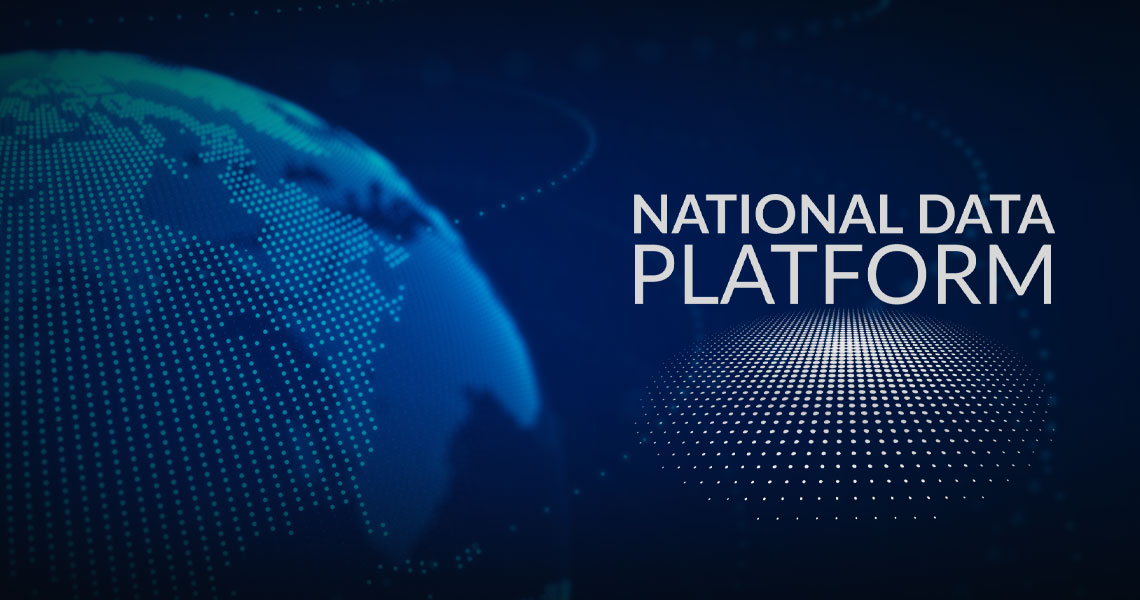 The San Diego Supercomputer Center (SDSC) at UC San Diego and the University of Utah (Utah) have announced a national-scale pilot project, called the
The San Diego Supercomputer Center (SDSC) at UC San Diego and the University of Utah (Utah) have announced a national-scale pilot project, called the 
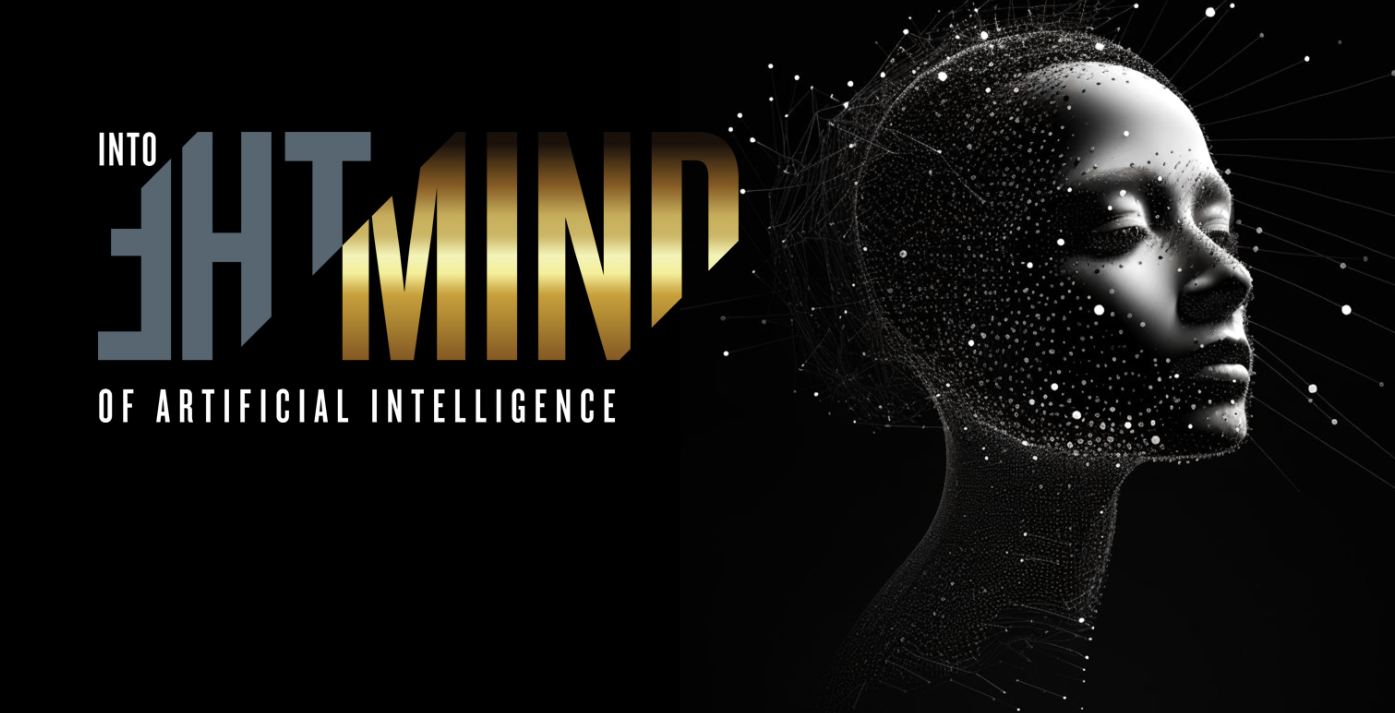
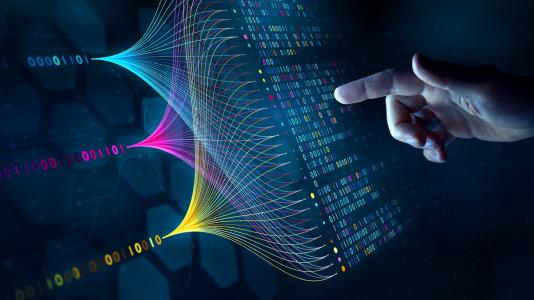 On Friday, 10-November TPC released the announcement below. The community continues to grow–with now over 500 participants in the Slack workspace, from nearly 70 organizations around the world. We expect to announce additional partners in the coming weeks and months, as we develop governance functions and membership processes.
On Friday, 10-November TPC released the announcement below. The community continues to grow–with now over 500 participants in the Slack workspace, from nearly 70 organizations around the world. We expect to announce additional partners in the coming weeks and months, as we develop governance functions and membership processes.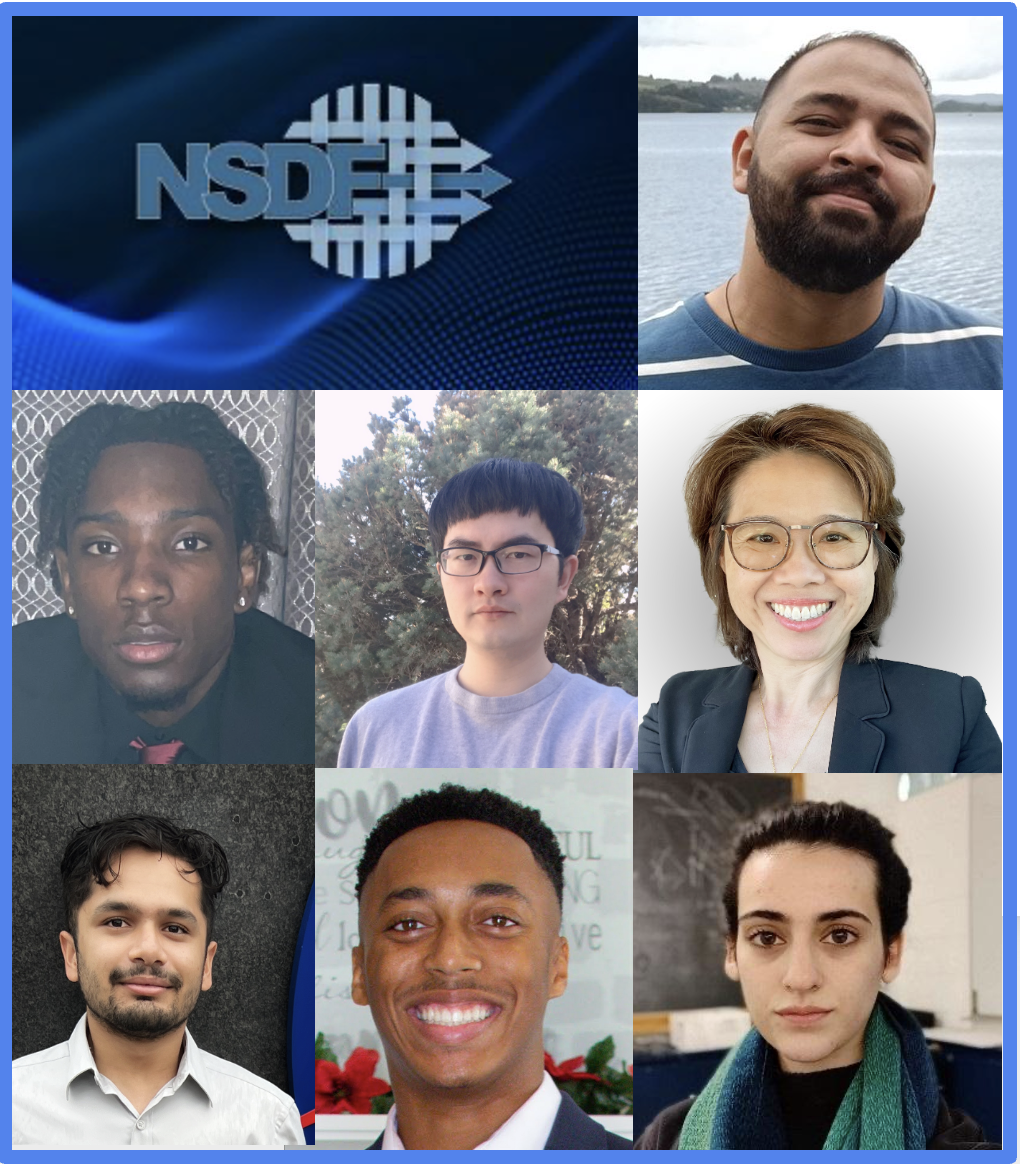
 The University of Utah is launching a new research initiative focused on artificial intelligence (AI) that aims to responsibly use advanced AI technology to tackle societal issues. President Taylor Randall announced a $100 million investment in the newly created Responsible AI Initiative that will advance AI and its applications in ways that achieve societal good while also protecting privacy, civil rights and liberties, and promoting principles of accountability, transparency and equity. The initiative will be led by the U’s Scientific Computing and Imaging (SCI) Institute as part of a concerted effort to conduct research at the U that improves the lives of Utah’s 3.4 million residents.
The University of Utah is launching a new research initiative focused on artificial intelligence (AI) that aims to responsibly use advanced AI technology to tackle societal issues. President Taylor Randall announced a $100 million investment in the newly created Responsible AI Initiative that will advance AI and its applications in ways that achieve societal good while also protecting privacy, civil rights and liberties, and promoting principles of accountability, transparency and equity. The initiative will be led by the U’s Scientific Computing and Imaging (SCI) Institute as part of a concerted effort to conduct research at the U that improves the lives of Utah’s 3.4 million residents.
 University of Utah professor and SCI director Manish Parashar has receiced the 2023
University of Utah professor and SCI director Manish Parashar has receiced the 2023